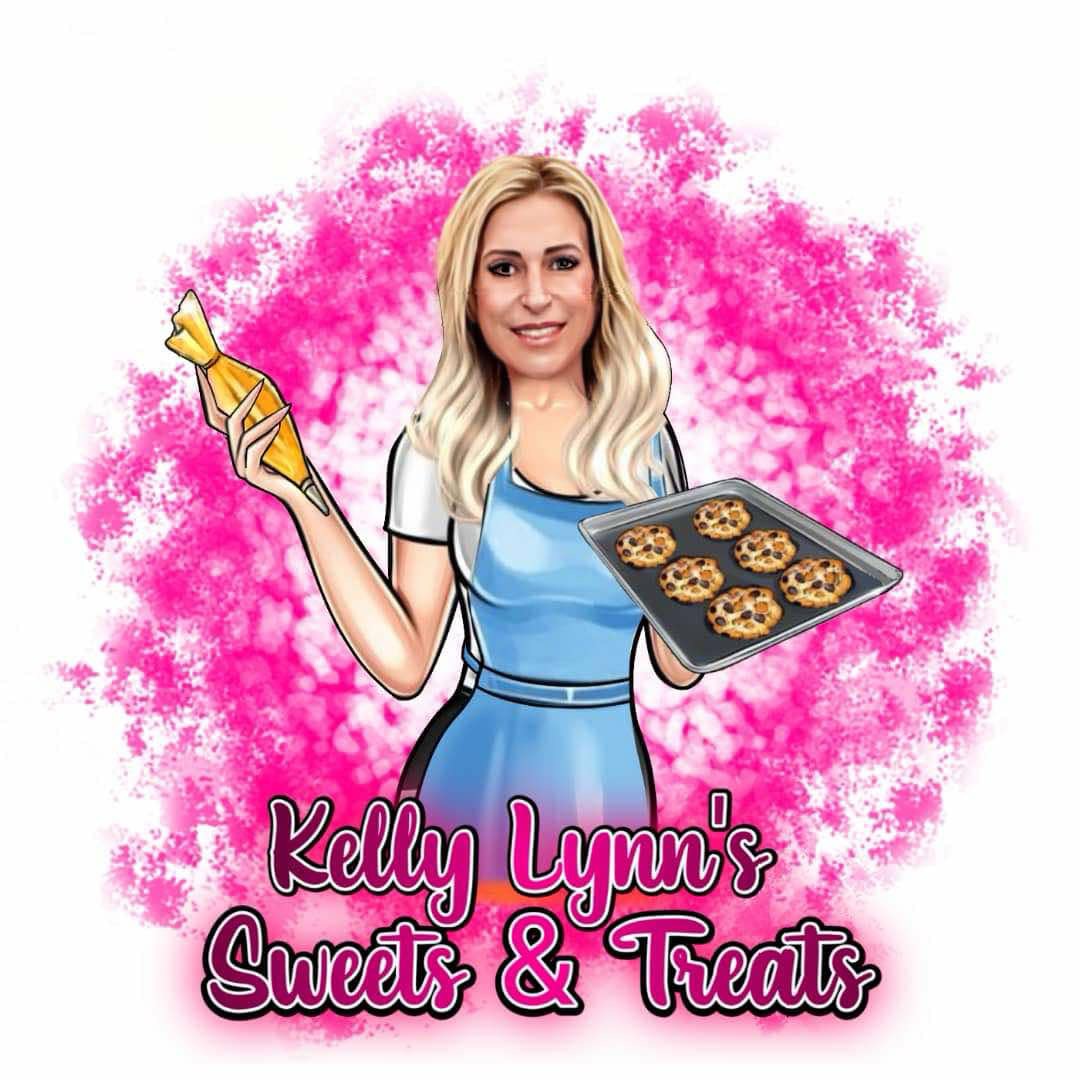A Reverse Mortgage – What it is and Why You May Need it.
We all love to retire from our daily jobs and ride into the sunset. Imagine the things you could do with your free time – take a trip to some of the best tourist destinations in the world, lodge in five-star hotels, spend quality time with your loved ones, or even join a book club. As impressive as these activities sound, you may soon begin to worry about your income. Your paychecks will no longer be flowing in their numbers, and you have to think of feasible alternatives. If you are 62 or older and have a primary, permanent residence where you live, then this guide has what you need to live an ideal post-retirement lifestyle. Let me introduce you to the world of reverse mortgages – what they mean and how they work. Kindly buckle your seat belt as I take you on this eye-opening journey.
Defining a Reverse Mortgage
For some retirees, traditional loans may work “just” fine – that is, if they have the financial capacity to meet monthly repayments without defaulting. Even at that, a standard home loan removes money from your pockets. You have to pay your lender every month or risk losing a part of your credit score, or, worse yet, your home.
On the contrary, a reverse mortgage puts money in your pocket, without you having to make repayments or risk losing your home. In other words, your lender pays you for your residential property. As discussed before, this building must be your primary and permanent abode. Residential apartments and vacation homes don’t count.
Before qualifying for a reverse mortgage, your lender considers your creditworthiness and home equity using a reverse calculator tool. While evaluating your home, they factor in its age, location, condition, current value, and interest rate. If you have any existing mortgage, your lender will request that you pay it off, including the closing fees and costs, before accessing your reverse mortgage funds.
What Type of Reverse Mortgage Can I Access?
Reverse mortgages come in two main categories: private, single-purpose reverse mortgage and Home Equity Conversion Mortgage (HECM). You can get a personal reverse loan from private lenders, like Wells Fargo. Ideally, it is available to low- and mid-income homeowners. Government agencies offer HECMs. These loans are government-insured and come with specific guidelines and protections.
• You can only have access to a significant part of your home equity. Your reverse mortgage fund can’t exceed your total home value. Your lender will determine this using a reverse mortgage calculator.
• If the lender goes out of business, you still have access to your funds.
• You can include your loved ones as co-borrowers. They enjoy similar protections.
The HECM for Purchase gives homeowners the leverage to purchase new homes from the proceed of their reverse mortgage.
Financial Freedom in a Reverse Mortgage
You don’t have to wait for your 401k retirement plan to enjoy a post-retirement lifestyle. With a reverse mortgage, you can accomplish your dreams and goals. However, like any other financial vehicle, you must be sure that you need this mortgage before applying for one. Once eligible, you can set up your payment as a line of credit, a monthly payment plan, or a lump sum payment.


No Comments